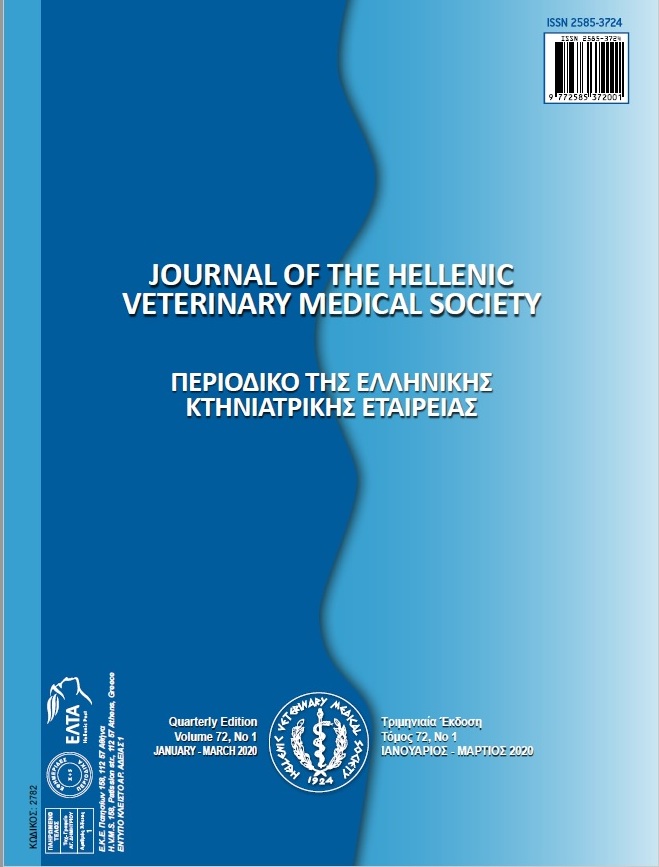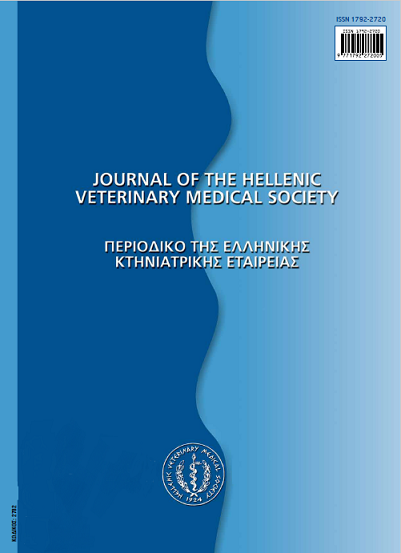Update on Tail biting in pigs: An undesirable damaging behaviour

Abstract
Tail-biting is an abnormal behavior of multifactorial origin, that consists a major problem in modern pig industry. It has a serious impact on both welfare and health status of the pigs involved, as well as on economic profitability of the farm. It is considered to be a problem of pig adaptation in poor environment triggered by a plethora of external and internal risk factors interacting with each other. A great variation exists on prevalence of tail biting between different studies across the world. Tail docking is the common practice applied by farmers to prevent this behavior, while treatments are based on enrichment material provision. The aim of this review is to explore the most recent literature on risk factors and impacts of tail biting and to discuss promising areas on early prediction and treatment of the topic.
Article Details
- How to Cite
-
KAKANIS, M., SOSSIDOU, E., KRITAS, S., & TZIKA, E. (2021). Update on Tail biting in pigs: An undesirable damaging behaviour. Journal of the Hellenic Veterinary Medical Society, 72(1), 2629–2646. https://doi.org/10.12681/jhvms.26745
- Issue
- Vol. 72 No. 1 (2021)
- Section
- Review Articles

This work is licensed under a Creative Commons Attribution-NonCommercial 4.0 International License.
Authors who publish with this journal agree to the following terms:
· Authors retain copyright and grant the journal right of first publication with the work simultaneously licensed under a Creative Commons Attribution Non-Commercial License that allows others to share the work with an acknowledgement of the work's authorship and initial publication in this journal.
· Authors are able to enter into separate, additional contractual arrangements for the non-exclusive distribution of the journal's published version of the work (e.g. post it to an institutional repository or publish it in a book), with an acknowledgement of its initial publication in this journal.
· Authors are permitted and encouraged to post their work online (preferably in institutional repositories or on their website) prior to and during the submission process, as it can lead to productive exchanges, as well as earlier and greater citation of published work.




